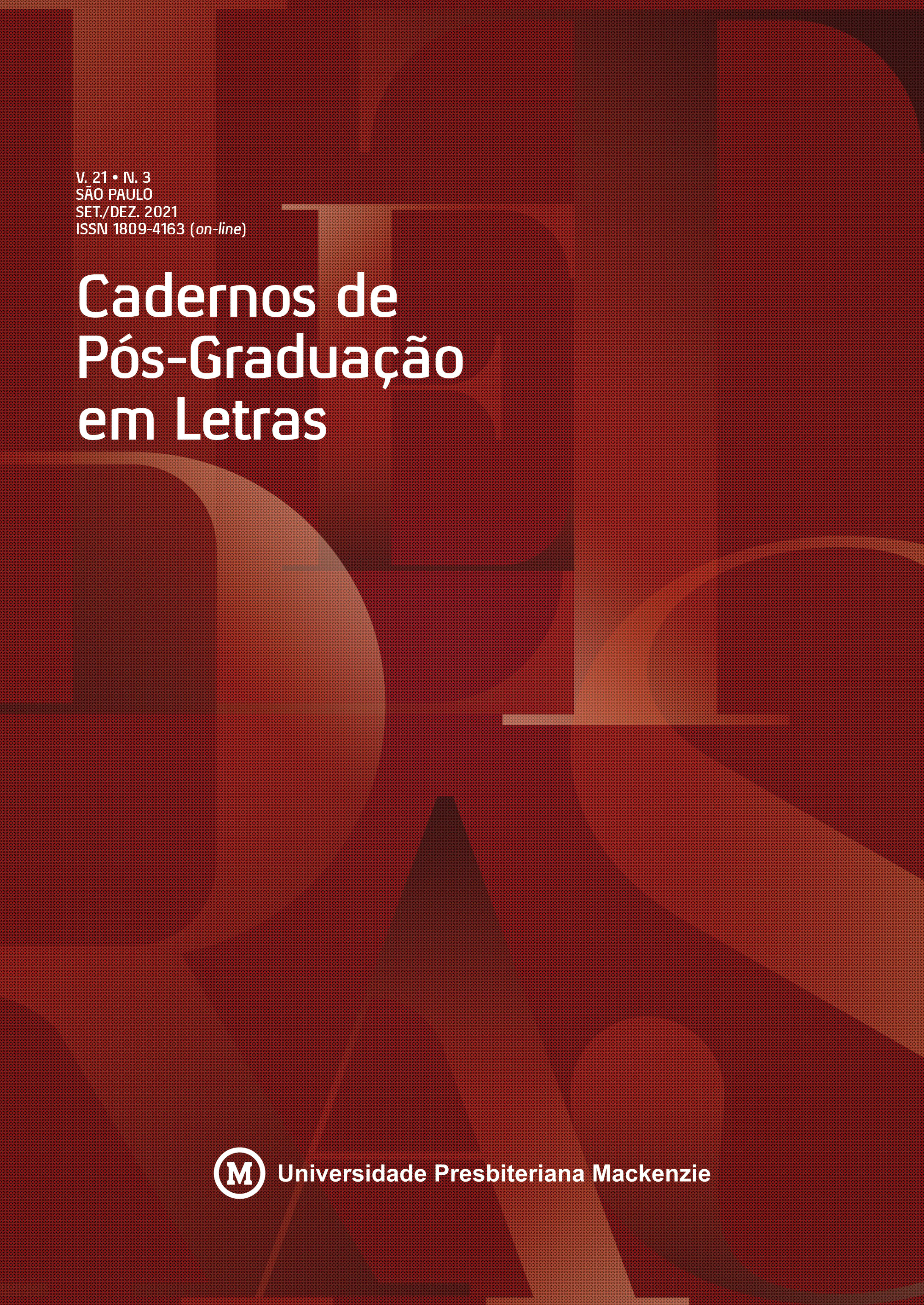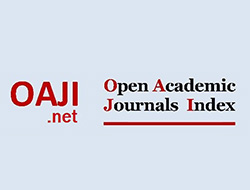A semiotic comparative analysis of “Rapunzel”, by the Grimm Brothers, and <i>Cress</i>, by Marissa Meyer
Keywords:
Semiotics, Fairy tales, RereadingsAbstract
This article analyses a fairy tale, “Rapunzel”, by the Brothers Grimm, and one of its contemporary rereading, Cress (2015), third book in the Lunar Chronicles series, by Marissa Meyer. Applying discursive semiotics fundamentals over the selected objects, the goal is to verify if there are changes in the way of acting of actors involved in the narrative and which would they be. The hypothesis worked with is that fairy tales rereadings allow a feminist rescue of silenced characters who were only seen as objects of value. Rapunzel, although naming her tale, is not as a subject in her world’s transformation as Gothel or the prince are. On the other hand, as will be verified in the selected quotes, Cress already presents herself as a subject (of state and of transformation) and as a manipulative addresser, in other words, a being capable of transforming her own world based on her goals and values.
Downloads
References
BARROS, D. L. P. Teoria semiótica do texto. 4. ed. São Paulo: Ática, 2005. (Série Fundamentos).
CONTOS de fadas em suas versões originais: edição de colecionador. Tradução Felipe Lemes, Carolina Caires Coelho, Kamila França. São Caetano do Sul: Wish, 2019. Disponível em: https://www.editorawish.com.br/blogs/contos-de-fadas-originais-completos-e-gratuitos/rapunzel-jacob-e-wilhelm-grimm-1812. Acesso em: 12 maio 2021.
MEYER, M. Cress. Tradução Regiane Winarski. Rio de Janeiro: Rocco Jovens Leitores, 2015. (Crônicas Lunares, v. 3).
Downloads
Published
How to Cite
Issue
Section
License
The copyright of the articles published in Cadernos de Pós-Graduação em Letras belongs to the authors, who grant the Mackenzie Presbyterian University the exclusive rights to publish the content. Total or partial reproduction is prohibited without due authorization from the Editorial Committee, except for study and research.











